We have recently purchased access to three new premiere theology databases:
• Anchor Yale Bible Commentaries
Anchor Yale Bible Commentaries span over 86 volumes and is one of the most trusted and long-running scholarly commentaries series for Biblical Studies scholars. It draws from the wisdom and resources of Protestant, Catholic, and Jewish scholars from around the world
• Anchor Yale Bible Dictionary
The Anchor Yale Bible Dictionary is a six-volume state-of-the-art dictionary of the Bible offering comprehensive coverage of biblical subjects and topics with more than 6,000 entries.
• Sources Chrétiennes
The Sources Chrétiennes series has provided critical editions of texts from the first 1,400 years of the Church, accompanied by a French translation as well as an introduction and notes. More precisely, the series consists of editions-with-translations of Christian texts in Greek and Latin, but also in oriental languages, such as Syriac, Armenian and Georgian. Reserving the introduction, apparatus and notes for the printed series, the online database makes it possible to select texts along various criteria and to perform targeted searches both on the source texts and on the French translations that have been and are published in the series.
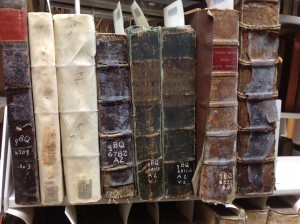
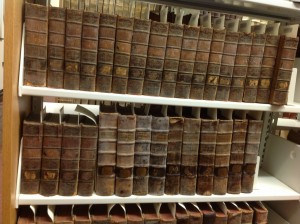
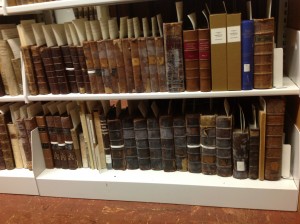





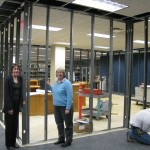
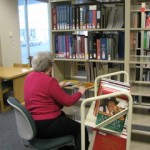

 History of the Advent Wreath
History of the Advent Wreath the 19th century. This last theory credits Johann Hinrich Wichern(1808-1881), a Protestant pastor in Germany and a pioneer in urban mission work among the poor, as the inventor of the modern Advent wreath. During Advent, children at a mission school founded by Wichernwould ask daily if Christmas had arrived. In 1839, he built a large wooden ring (made out of an old cartwheel) with19 small red and 4 large white candles. A small candle was lit successively every weekday during Advent. On Sundays, a large white candle was lit. The custom gained ground among Protestant churches in Germany and evolved into the smaller wreath with four or five candles known today. Roman Catholics in Germany began to adopt the custom in the 1920’s, and in the 1930’s it spread to North America[1]. In Medieval times advent was a fast during which people’s thoughts were directed to the expected second coming of Christ; but in modern times it has been seen as the lead up to Christmas, and in that context Advent Wreathserves as a reminder of the approach of the feast. More recently, some Eastern Orthodox families have adopted an Advent wreathwith six candles symbolizing the longer Advent season in Orthodox tradition.
the 19th century. This last theory credits Johann Hinrich Wichern(1808-1881), a Protestant pastor in Germany and a pioneer in urban mission work among the poor, as the inventor of the modern Advent wreath. During Advent, children at a mission school founded by Wichernwould ask daily if Christmas had arrived. In 1839, he built a large wooden ring (made out of an old cartwheel) with19 small red and 4 large white candles. A small candle was lit successively every weekday during Advent. On Sundays, a large white candle was lit. The custom gained ground among Protestant churches in Germany and evolved into the smaller wreath with four or five candles known today. Roman Catholics in Germany began to adopt the custom in the 1920’s, and in the 1930’s it spread to North America[1]. In Medieval times advent was a fast during which people’s thoughts were directed to the expected second coming of Christ; but in modern times it has been seen as the lead up to Christmas, and in that context Advent Wreathserves as a reminder of the approach of the feast. More recently, some Eastern Orthodox families have adopted an Advent wreathwith six candles symbolizing the longer Advent season in Orthodox tradition. For the next couple of months, Ireland Library will be highlighting our (growing)
For the next couple of months, Ireland Library will be highlighting our (growing)